Two easily prepared hydroxy‐containing compounds bind mono‐ and divalent anions

O–H Groups as Anion Recognition Motifs

Joseph-Achille Le Bel Prize 2018
Antoine Baceiredo, Institut de Chimie de Toulouse, France, honored by French Chemical Society (SCF)
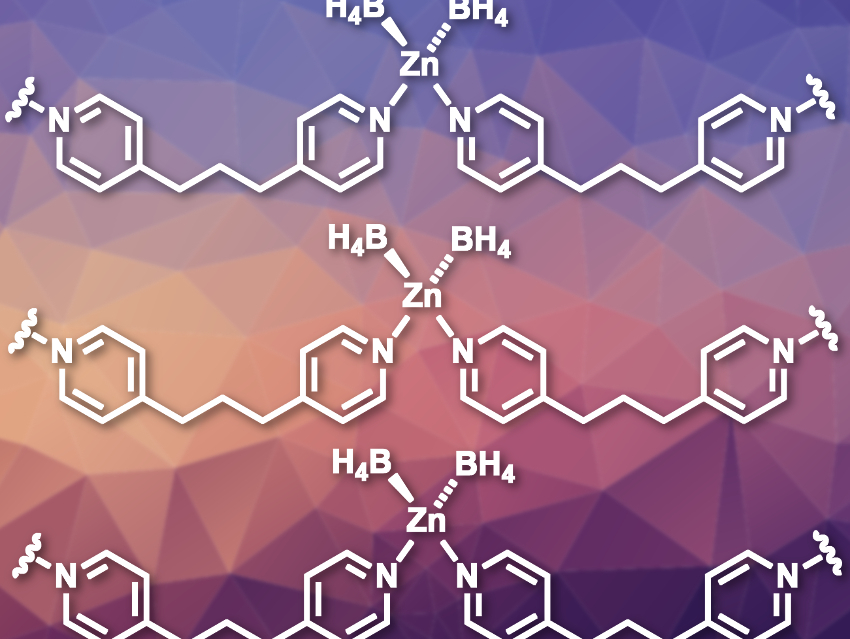
Borohydride Stabilized in a Coordination Polymer
Controlling the reactivity of hydrides in the solid state
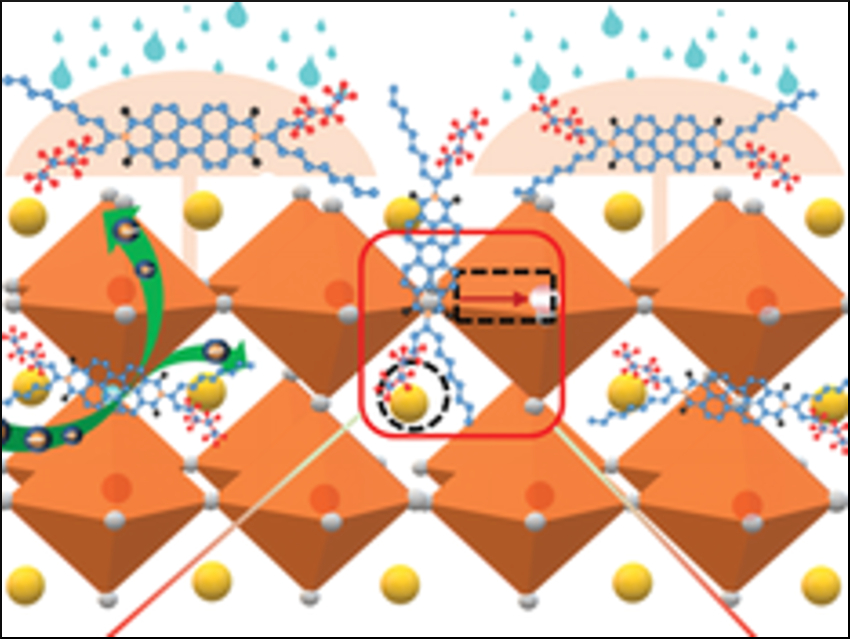
Perovskite Solar Cells with Improved Stability
Fluorinated perylenediimide enhances performance and stability simultaneously
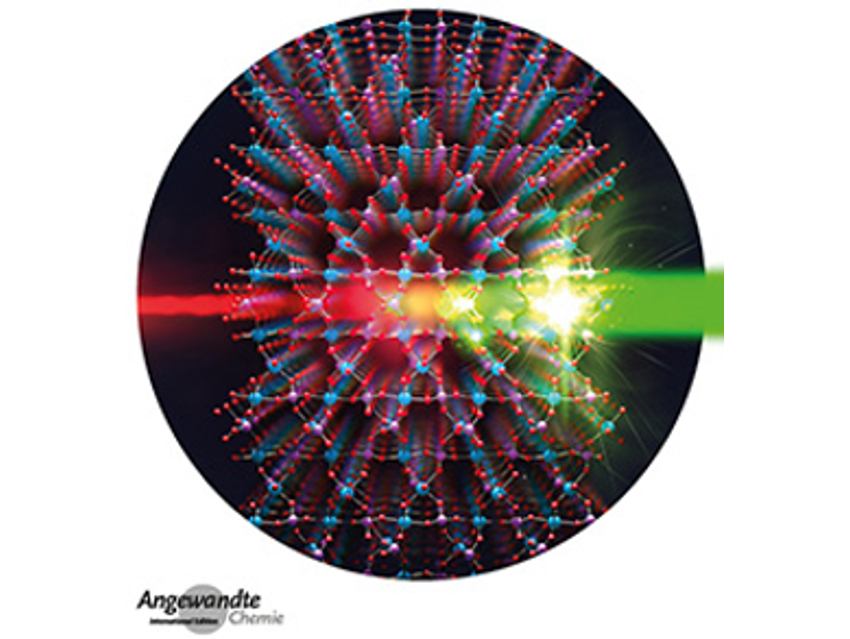
Angewandte Chemie 20/2019: Reshaping Chemistry
Overview of the latest issue of Angewandte Chemie
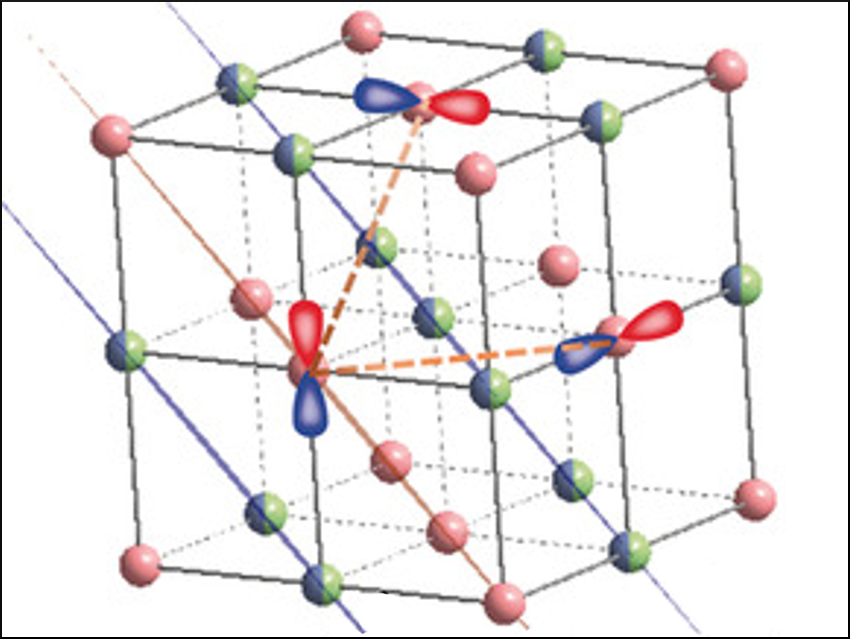
Stable Cathodes for Lithium-Ion Batteries
Reversibility enhanced by 3D-disordered framework of a lithium-rich oxide
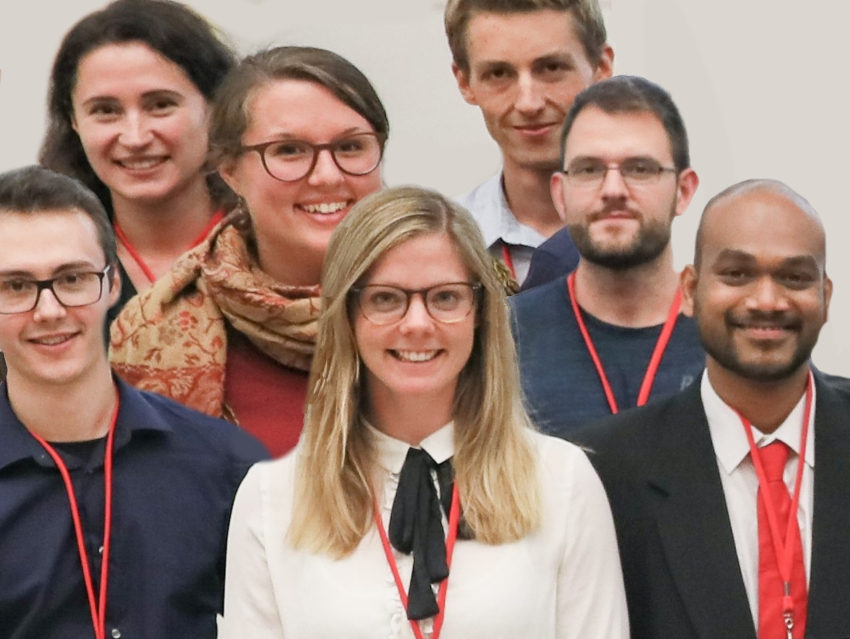
Young Researchers Fill Entire Journal Issue
Swiss Chemical Society highlights research of Junior Prize Laureates in CHIMIA
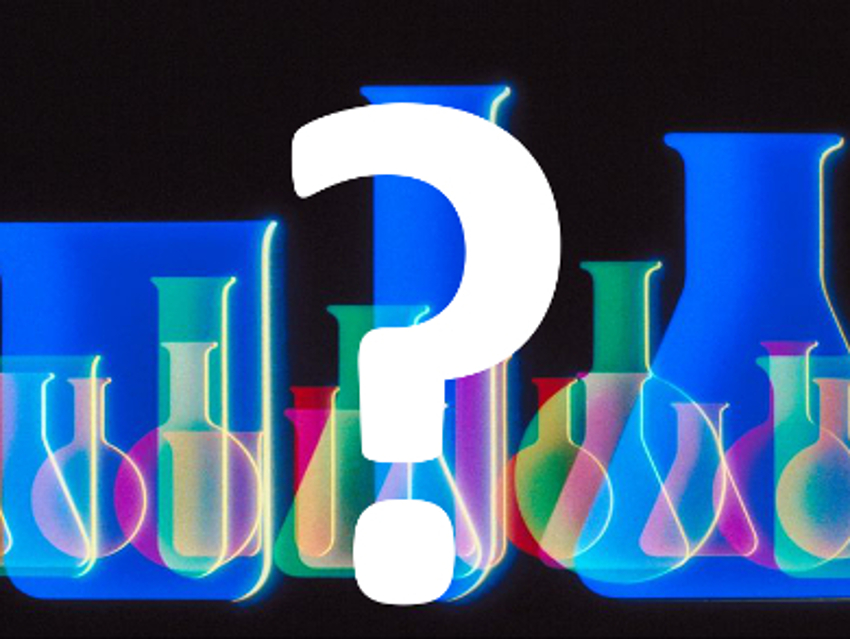
Guess the Chemist (89)
Can you guess the famous scientist from the description?

Behind the Science: How Does Methylaluminoxane Work?
A. Itken-Fuder talked to S. McIndoe, University of Victoria, Canada, about the influence of additives on the mechanism of action of methylaluminoxane

Peter Roesky on the Art and Utility of Inorganic Synthesis
Peter Roesky, Karlsruhe Institute of Technology (KIT), Germany, explains the inspiration behind his research